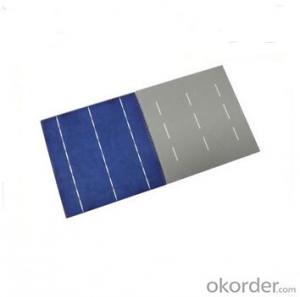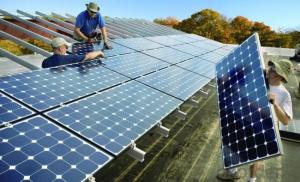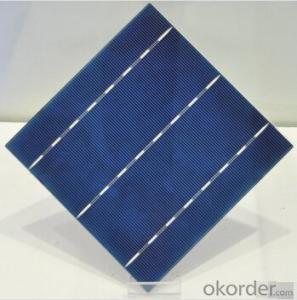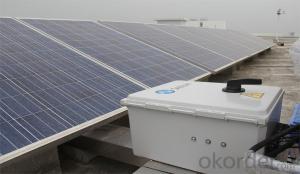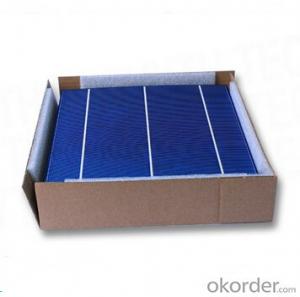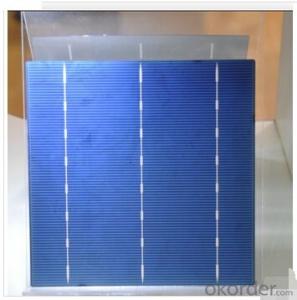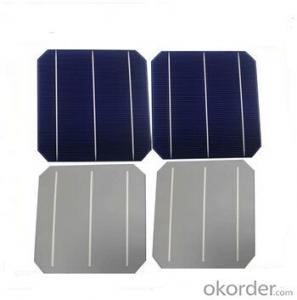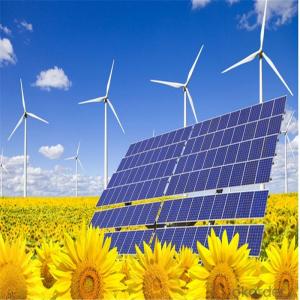Emcore Solar Cells
Emcore Solar Cells Related Searches
Except For Solar Cells Weegy Problems With Solar Cells High Power Solar Cells Light Trapping In Solar Cells High Performance Solar Cells High Output Solar Cells High Wattage Solar Cells Energy Transfer In Solar Cells High Efficiency Hvac Systems Recombination In Solar CellsHot Searches
Cheap Solar Cells For Sale Flexible Solar Cells For Sale Q Cells Solar Panels For Sale Printed Solar Cells For Sale Bulk Solar Cells For Sale 6x6 Solar Cells For Sale Broken Solar Cells For Sale Cpv Solar Cells For Sale Photoelectric Cells For Sale Price Of Silicon Solar Cells Price Of Solar Cells Over Time Buy Solar Cells From China Cheap Solar Cells China Best Type Of Solar Cells Flexible Solar Cells Price Q Cells Solar Panels Price 3 Types Of Solar Cells Production Of Solar Cells Common Types Of Solar Cells Q Cells Solar Panel PricesEmcore Solar Cells Supplier & Manufacturer from China
Okorder.com is a professional Emcore Solar Cells supplier & manufacturer, offers integrated one-stop services including real-time quoting and online cargo tracking. We are funded by CNBM Group, a Fortune 500 enterprise and the largest Emcore Solar Cells firm in China.Hot Products
FAQ
- Yes, solar cells can be used to power telecommunications towers. In fact, solar power is increasingly being used as a reliable and sustainable source of energy for powering remote or off-grid telecommunication infrastructure. Solar panels can be installed on the rooftops or adjacent to the towers to generate electricity from sunlight, providing an eco-friendly and cost-effective solution for powering these towers.
- The amount of electricity a solar cell can generate depends on various factors such as the size and efficiency of the cell, the intensity and duration of sunlight, and the environmental conditions. On average, a standard solar cell can generate around 1 to 2 watts of electricity per square meter under optimal conditions.
- Yes, solar cells can be used in satellite or space exploration missions. Solar cells are an efficient and reliable source of electricity that can harness the energy from the Sun in space. They are commonly used in satellites and space probes to power various systems and instruments, as they can generate electricity even in the absence of an atmosphere. Additionally, solar cells offer a lightweight and compact solution for power generation in space, making them ideal for long-duration missions where other power sources may not be feasible.
- The future of solar cells looks promising, as advancements in technology continue to improve their efficiency, affordability, and versatility. With ongoing research and development, we can expect to see solar cells become even more efficient in converting sunlight into electricity, allowing for greater energy production. Additionally, innovations in materials and manufacturing techniques may lead to more cost-effective production methods, making solar cells more accessible to a wider range of consumers. Furthermore, integration of solar cells into various surfaces and structures, such as windows, clothing, and vehicles, will likely expand their applications and increase their adoption. Overall, the future of solar cells appears to be characterized by higher efficiency, lower costs, and increased integration, leading to a greater contribution to our global energy needs.
- Junction boxes in solar cell systems serve as important components that provide electrical connections and protect the solar panels. They house the electrical connections between multiple solar panels, ensuring a safe and efficient flow of electricity. Additionally, junction boxes act as a barrier, protecting the wiring and connections from environmental factors such as moisture and dust. Overall, junction boxes play a crucial role in the functionality and longevity of solar cell systems.
- Is the polymer solar cell the cheapest type among all the different kinds of solar cells?
- It's not the cheapest solar cell, but it is cheaper than most otheres.
- Yes, solar cells can be used for powering security systems. Solar cells are capable of converting sunlight into electricity, providing a sustainable and renewable energy source for various applications, including security systems. By harnessing solar power, security systems can operate independently from the grid, making them more reliable and cost-effective in remote or off-grid locations. Additionally, solar-powered security systems are environmentally friendly, reducing carbon emissions and minimizing reliance on fossil fuels.
- Solar cells are designed to handle lightning strikes or electrical surges by incorporating protective measures into their design. These measures often include surge protection devices, such as varistors or lightning arrestors, which divert excessive electrical energy away from the solar cells and into a grounding system. This helps to prevent damage to the cells and the overall solar system, ensuring their safe operation even during such events.
















